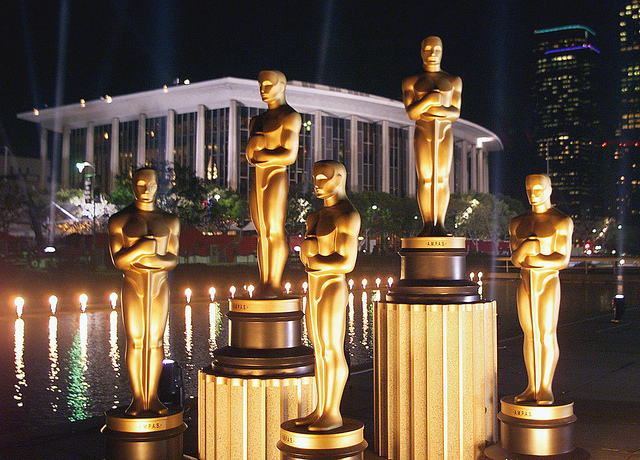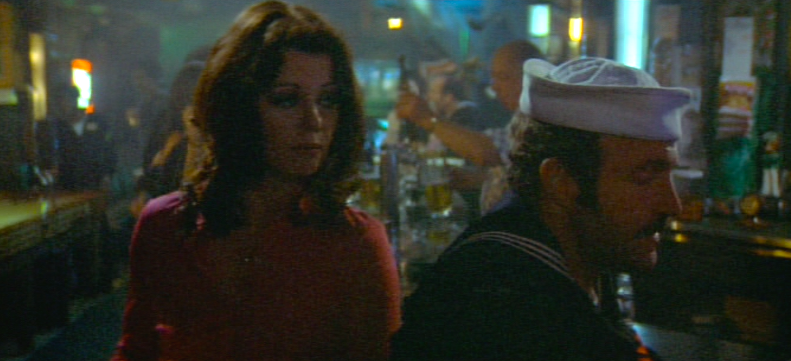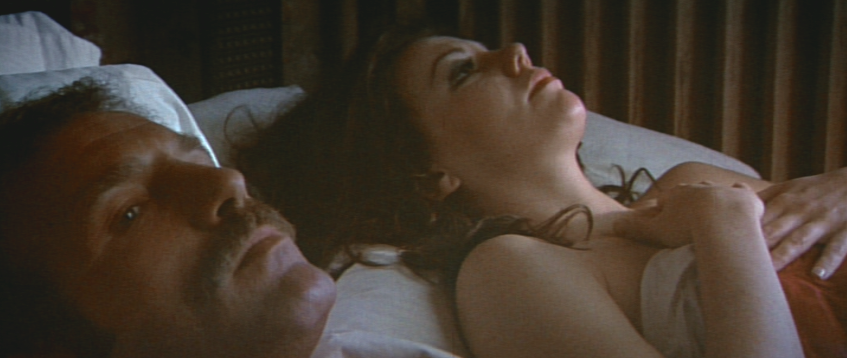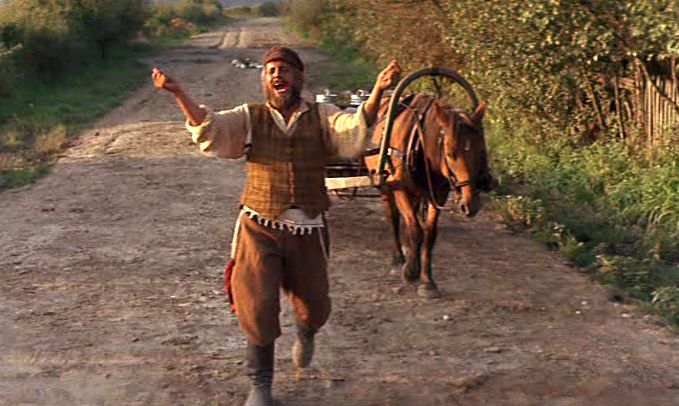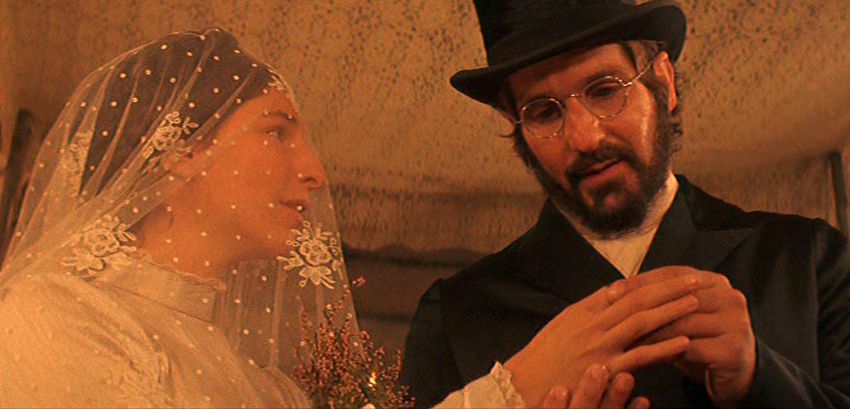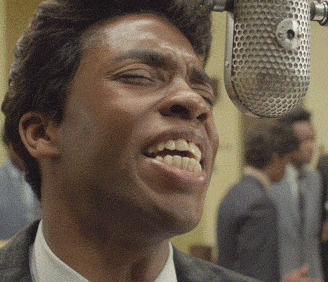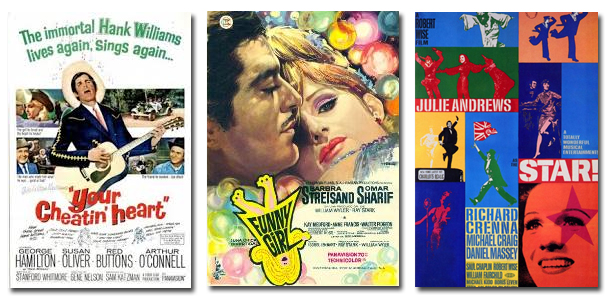75th: Absence of Melinda
 Monday, October 13, 2014 at 5:00PM
Monday, October 13, 2014 at 5:00PM  Two time Oscar nominee Melinda Dillon turns 75 today. Since we don't like any major actresses to totally fade from public consciousness when they stop working, let's look back. Though her last working year was 2007 her most recent high profile gig goes back much further to a SAG nomination as part of the ensemble of Magnolia (1999, pictured left) in which she played wife and mother to Phillip Baker Hall and Melora Walters.
Two time Oscar nominee Melinda Dillon turns 75 today. Since we don't like any major actresses to totally fade from public consciousness when they stop working, let's look back. Though her last working year was 2007 her most recent high profile gig goes back much further to a SAG nomination as part of the ensemble of Magnolia (1999, pictured left) in which she played wife and mother to Phillip Baker Hall and Melora Walters.
Though she'd been working for a decade before it in small parts (TV guest gigs and improvisational comedy) her first real claim-to-fame came as "Memphis Sue" Woody Guthrie's wife in the Best Picture nominated bio Bound for Glory (1976). She received a Golden Globe nomination for "Best Acting Debut" (a now long defunct category) even though it wasn't her debut. Dillon's breakout led to bigger parts and two well-regarded Oscar nominations though curiously the Globes, who had first honored her, skipped her both times when her major hits rolled around. Her first Oscar nod made actually history: as the wide-eyed young mother in Close Encounters of the Third Kind (1976) she was and will forever remain the first actor to ever receive a nomination for a Steven Spielberg film (it wasn't until The Color Purple when anyone else followed). Later she was nominated as a particularly fragile soul and key character at the heart of a war in Absence of Malice (1981) between journalist Sally Field and businessman Paul Newman (also Oscar-nominated).
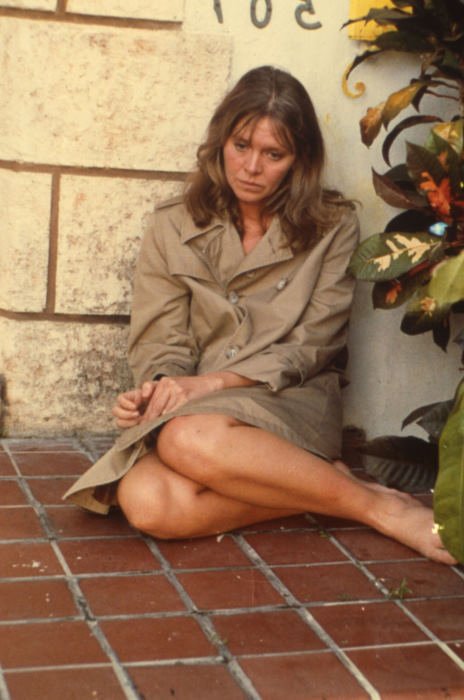 Melinda Dillon as "Teresa" in Absence of Malice (1981)
Melinda Dillon as "Teresa" in Absence of Malice (1981)
Though Dillon's heyday preceded the birth of my own film/actress obessions I remember getting the sense that she was a critical darling, the kind of actress with a devout if not populist following. By the time I was watching movies regularly and passionately though the roles were all mom roles sometimes with lots of screentime as in A Christmas Story (1983) and Harry and the Hendersons (1987) and sometimes on the peripheries as in those very blonde family flashbacks in Prince of Tides (1991) or "Merna" in To Wong Foo: Thanks for Everything Julie Newmar (1995).
If you're familiar with her work what's your favorite of her performances? If she could be coaxed out of her retirement what would you have her do?



